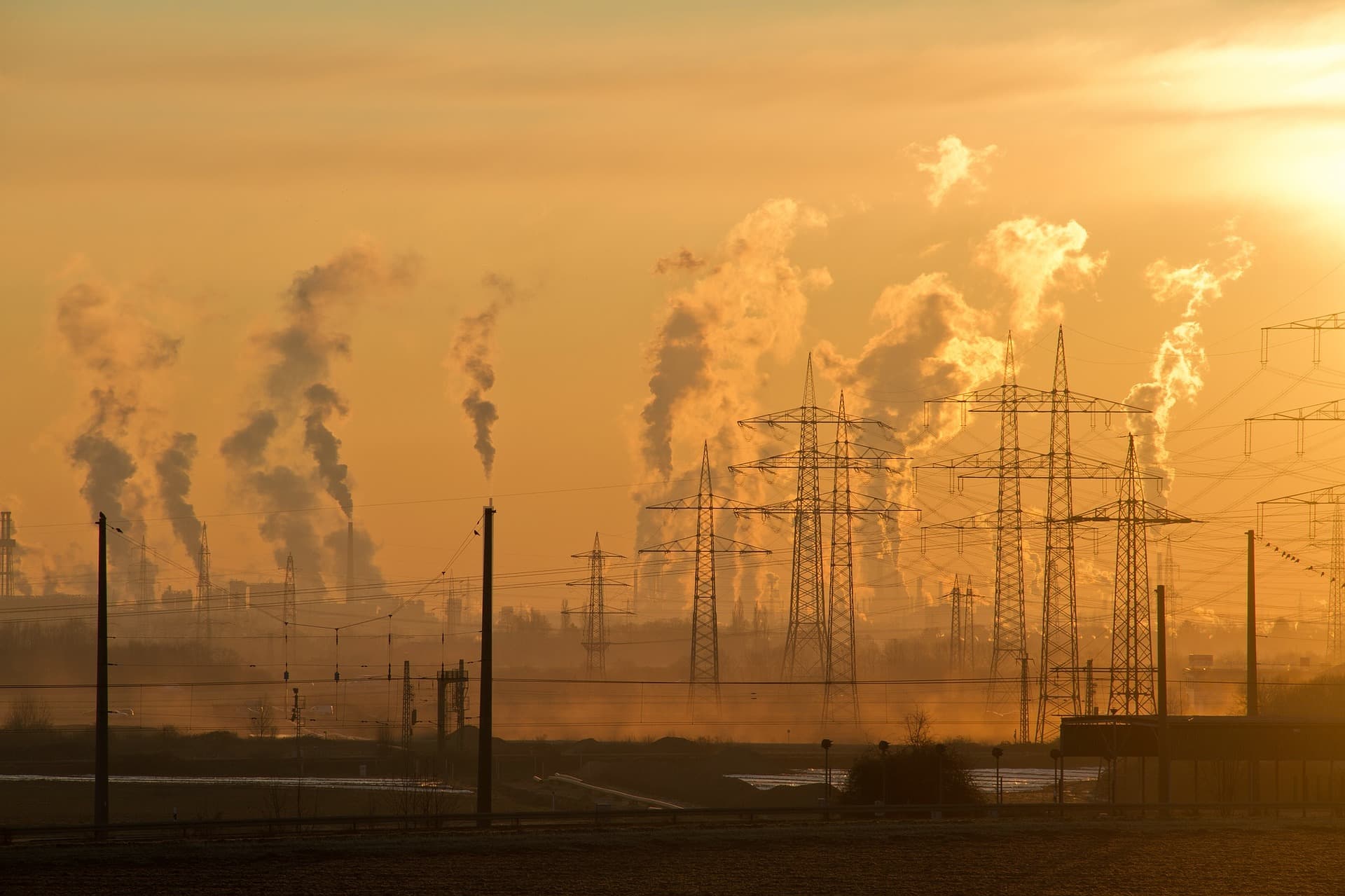The Air Pollution Problem
Air pollution is an invisible killer. The World Health Organization estimates that seven million premature deaths each year can be linked to air pollution; 7,500 to 52,000 people die in the United States alone every single year because of exposure to small particles within power plant emissions. In fact, according to the new 2018 Environmental Performance Index (EPI), air pollution is the biggest environmental threat to public health.
This report is produced by researchers at Yale and Columbia Universities in collaboration with the World Economic Forum. It ranks 180 countries on 24 performance indicators across 10 issue categories, all of which center around environmental health and ecosystem vitality. At the top of the list is Switzerland, followed by France, Denmark, Malta, and Sweden. At the bottom of the list is India, Bangladesh, Burundi, the Democratic Republic of the Congo, and Nepal.
The United States placed 27th in this list, scoring well with regards to sanitation and air quality but very poorly in deforestation and greenhouse gas emissions.
The EPI shows that air pollution is the top leading threat to public health. Its purpose isn't to scare the public; it has the potential to truly impact policy.
"As the world community pursues new sustainable development goals, policymakers need to know who is leading and who is lagging on energy and environmental challenges," said Daniel C. Esty, director of the Yale Center for Environmental Law & Policy and the Hillhouse Professor at Yale University, in a press release. "The 2018 EPI confirms that success with regard to sustainable development requires both economic progress that generates the resources to invest in environmental infrastructure, and careful management of industrialization and urbanization that can lead to pollution ... that threatens both public health and ecosystems."
Changing the Environment
The 2018 EPI gives an overview of where countries stand in terms of pollution and environmental sustainability. However, it can also reveal trends both within individual countries and on a global scale. The countries which have ranked the lowest are lacking support for a number of sustainability issues, air pollution being among the most dire.
These large-scale studies and reports do a number of things. Besides influencing policy and evaluating the needs and lacking qualities of sustainability efforts, they can also show when efforts have worked. For instance, one recent study showed improvements in air pollution between 1990 and 2012 in the United States. The decline shown was so drastic that it was estimated to have prevented about 180,000 deaths.
While the latest EPI report shows how, on a global scale, air pollution needs to be addressed on a much more serious scale, it can also support efforts to make that change.
Air pollution has been linked directly to early brain development. It can cause severe and frightening health effects in humans and, as the world's population continues to increase, develop and build, it is likely to only get worse if more drastic efforts are not taken. Perhaps this and other reports will give governments the tools to better protect their citizens against this dangerous reality.
Share This Article
